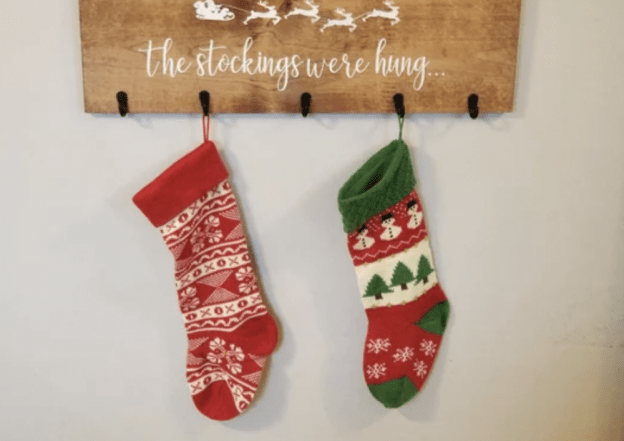General Information About Item:
- Material Lore, Item
- Customary Lore, Superstition
- Language: English
- Country of Origin: United States
- Informant: L. J.
- Date Collected: 11-10-2021
Informant Data:
- L.J. is a senior at Harvard University who grew up in Utah, but moved to Boston when he was a boy. He has a twin sister whom he shares many things in common with. He is a member of the Christain faith, but noted that his family’s Christmas traditions revolve more around being in the presence of each other rather than anything religious.
Contextual Data:
- Cultural Context: The superstition originated as a means for the children to get to bed at a reasonable time on the night before Christmas. In addition, it’s interesting to note that the tradition started by the children being coerced by their parents in fear that they wouldn’t receive gifts from Santa, but L.J. and his sister have adopted this tradition themselves.
- Social Context: Socially speaking, this superstition only involved L.J’s immediate family. While many other family traditions include members of the extended family it was interesting to see how L.J’s favorite tradition was specific to just his sister, his parents, and him.
Item:
- L.J’s family tradition started when his sister and he were young children, when their parents told them that if they did not hang up their stockings at exactly 9:45 on the night of Christmas Eve, they would not receive any presents the next day. As the years have passed and the children have moved on from the lore of Santa, his family has continued this tradition to represent health and happiness moving forward throughout the holiday season and into the new years.
Transcript:
- “Ever since my sister and I were young children, we’ve had a tradition of hanging our stockings up on the fireplace at exactly 9:45 PM in hopes that Santa would bring us gifts the following morning. My parents enforced this superstition one may call it, by saying that if we hung them up a minute early or a minute late, Santa might be unhappy with how we prepared for his arrival: he wanted it to be right on time. As we grew older and realized that Santa was not real, my sister and I took agency in this tradition and decided to keep it going to represent our familial health and wellness moving into the new year. It has turned into a superstition for my family that we do each and every year, and up until this point, it has not let us down so we will continue to do it!”
Informant’s Comments:
- “I recall one year hanging my stocking up a few minutes after 9:45 and being worried that I would not receive any gifts the following day.”
Collector’s Comments:
- L.J’s family tradition of hanging stockings at exactly 9:45 PM on Christmas Eve is the first superstitious tradition which I encountered in my interviews. It was interesting to hear how superstition adapted as the children grew older and learned that Santa is not real. L.J. mentioned that his parents worried that the tradition would fade away when the children reached a certain age, but it has truly developed into their family’s Christmas folklore.
Collected By:
Daniel Hincks
Boston, MA
Hanover, NH
Dartmouth College
RUSS013
Fall 2021

